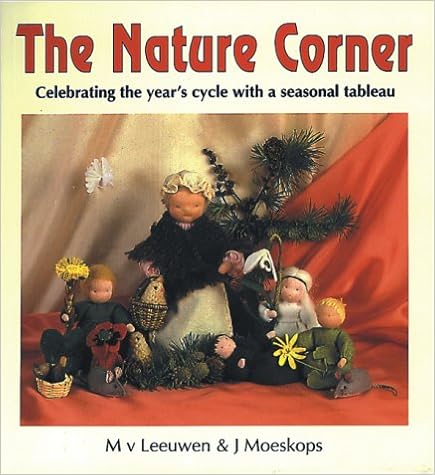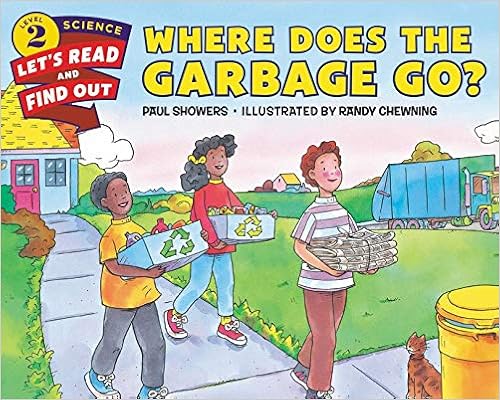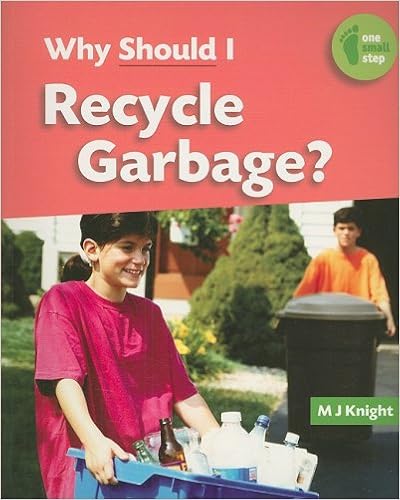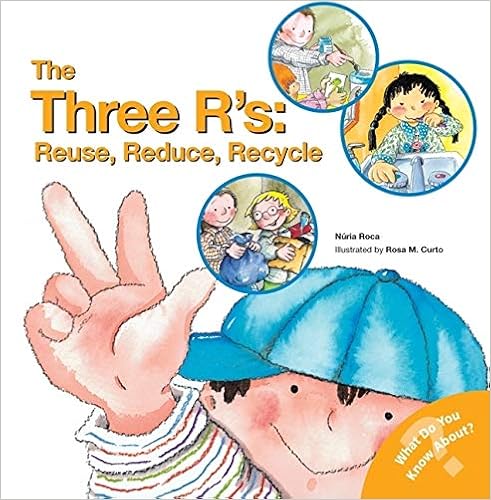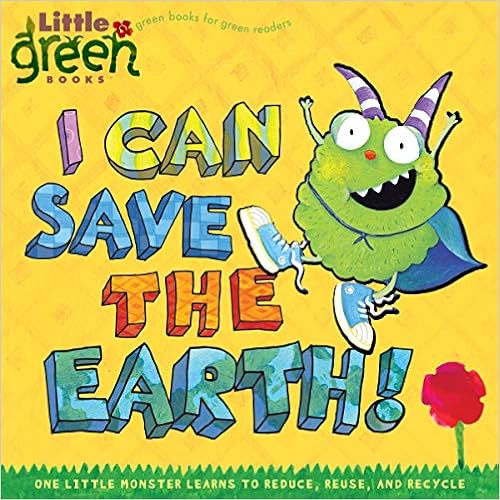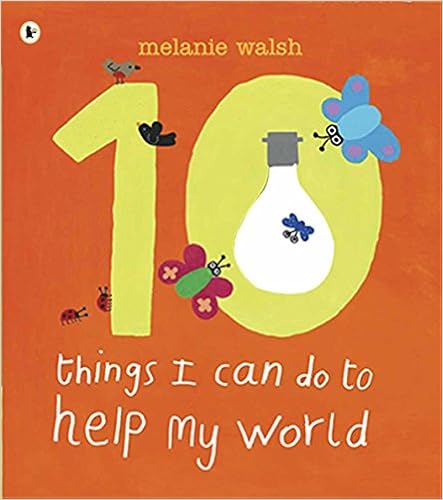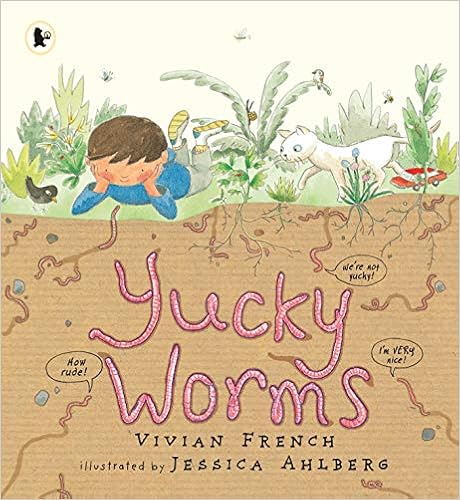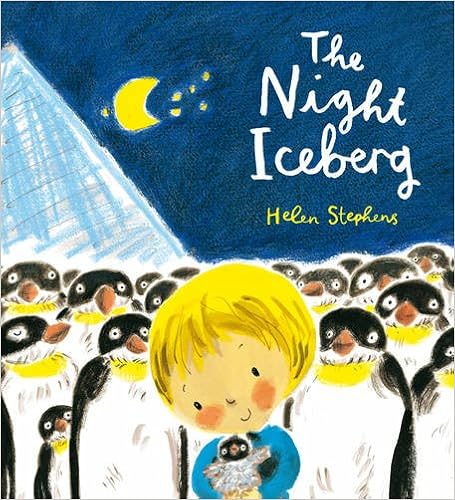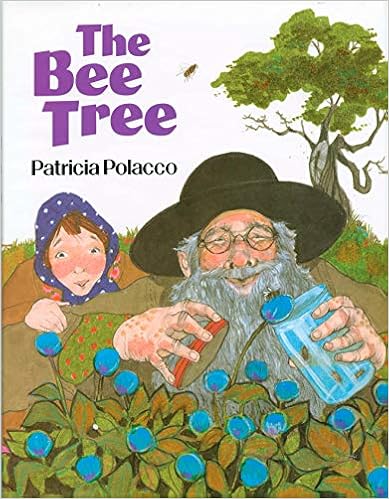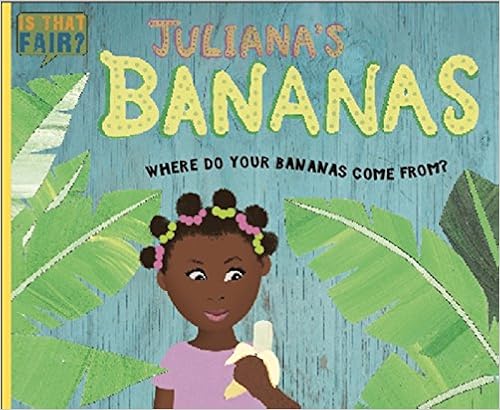Children’s Books
The links for the books are for Amazon, but you can find them elsewhere.
Seasonal nature tables are an invaluable way of making young children aware of the changing cycle of the year. With simple materials a series of colourful and effective tableaux can be made at home or in school for depicting the seasons and major festivals.
Follow that garbage truck—to the landfill to see how trash keeps piling up…to the incinerator to see how trash can be turned into energy…to the recycling centre to see how a soda bottle can be turned into a flowerpot. This picture book is filled with fun charts and diagrams to explain how we deal with the problem of too much trash. Activities throughout the book empower kids to help the environment, whether it's by separating trash from recycling or using a lunch box instead of a paper bag.
Reading age: 4 - 8 years
Describes how recycling can reduce waste and provides practical tips about how to contribute to waste reduction.
Reading age: 7 - 9 years
The Three R's: Reuse, Reduce, Recycle is one in a series of four entertaining What Do You Know About? books, for very young children. It describes the ways in which kids and their families can avoid waste and be environmentally conscious. Four pages presenting activities for children appear at the back of the book, followed by a two-page section for parents, with tips on explaining the subject in more detail.
Reading age: 3 - 6 years
The books in this line will be made from recycled materials, and the storylines will cover subjects such as improving the environment, learning about endangered animals, recycling, and much more. Meet Max the Little Monster.
Reading age: 4 - 6 years
Learn about recycling from a new perspective! Peek into this diary of a plastic bottle as it goes on a journey from the refinery plant, to the manufacturing line, to the store shelf, to a garbage can, and finally to a recycling plant where it emerges into it's new life...as a fleece jacket!
Reading age: 4 - 6 years
Peek into this diary of an aluminium can as it goes on a journey from inside a bauxite rock, to the manufacturing line, to the store shelf, to a display on a bookshelf, to a garbage can, and finally to a recycling plant where it emerges into its new life...as a baseball bat! This storybook is told from the point of view of an enthusiastic aluminium can. The diary entries are fun and humorous, yet point out the ecological significance behind each product and the resources used to make it.
Reading age: 4 - 6 years
A beautifully simple book for small children where transforming pages reveal ten things that everyone can do to help conserve their world. Many of them, such as turning off the television properly, walking to school and turning off lights when leaving a room, are about conserving energy. Others, such as feeding the birds in winter and growing plants from seed, will encourage an understanding of nature and conservation.
Reading age: 3 - 5 years
Worms – fun, fascinating and wriggly worms! The humble earthworm plays a significant role in the environment, as all farmers and gardeners know: it aerates the soil, composts dead matter into rich humus in which seeds can germinate and plants can grow. Children love them too – especially for their wriggliness!
Reading age: 5 - 7 years
It's hard when you have to share everything with your baby brother. Tofta doesn't want to at all. So when an iceberg drifts past her window, she decides that it's her iceberg and she's not going to share it with anyone. But when five hundred playful penguins turn up, Tofta finds that sharing can be great fun, too. A funny, atmospheric story about learning to share. With stunning, fresh illustrations by the author/illustrator of the award-winning FLEABAG.
Reading age: 2 - 6 years
When Mary Ellen gets bored with her reading, Grandpa knows a hunt for a bee tree is just what she needs. Half the town joins the exciting chase, but it's not until everyone returns home that Mary Ellen makes a discovery of her own: Sometimes, even the sweetest of things must be worked for.
Reading age: 4 - 8 years
An educational resource to help children explore the issue of fair trade by allowing them to see through the eyes of the children of banana farmers in the Windward Islands. The author spent time with the farmers' families and she uses the real-life narratives of two young children going about their daily activities to show how bananas grow, problems such as hurricanes which can affect the crop, how they are picked and transported and how they end up in our stores. The main story is illustrated with colourful collages made from painted textures and photographs from the Islands. Interspersed in the story are boxes with maps, facts and photos giving more detail on the places and methods and challenges. Its ends with banana recipes and 'bigger picture' descriptions, maps and photos of where bananas come from and examples of social premium funded projects.
Reading age years: 5 - 9 years
